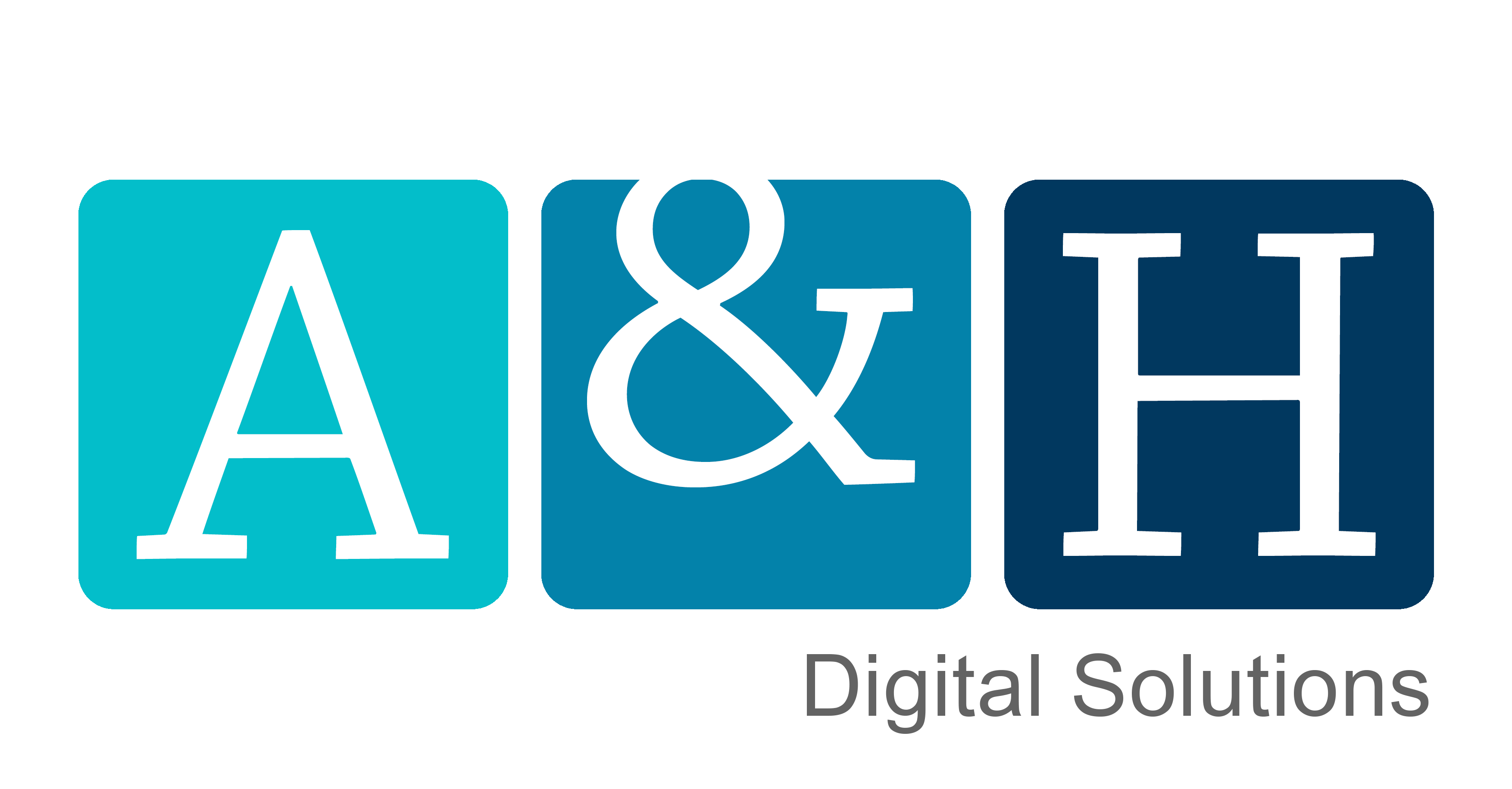Reducing the risk of infection is key to ensuring your website remains secure. Below are six simple tips to help you do so.
1. Backup your website
It is good practice to regularly backup your website. There are several backup solutions available.
2. Enable your website’s firewall
Software vulnerabilities are constantly growing in number and are easily exploited by attackers. Managing these vulnerabilities as a website owner can be very difficult and tedious. To help website owners, we recommend the use of Firewall. The firewall prevents attacks before they can reach your website.
3. Update your website
Updated software often patches known security vulnerabilities in previous versions. Leaving your software out-of-date is a sure-fire way of allowing an infection to occur. Always stay up to date with your software!
4. Clear up old installations and plugins
Ensure that all installations and plugins are either updated or removed, even if they are seldom or no longer used as they provide attackers with another route to attack your main website.
5. Change your passwords
Your passwords may be compromised and this is a likely method that attackers will use to infect your website. When choosing a new password, be sure to focus on three core components: complexity, length and uniqueness.
You may like to use ‘How secure is my password?’ to determine the strength of your chosen password. Alternatively, you might want to start using a password manager. They provide secure password generation that align with the three components listed above.
6. Run a virus scan on your computer
Your computer may be compromised with malware that steals your credentials. This compromises your passwords leading to infections even if you change your password regularly. As such, we advise performing a virus scan on a regular basis to ensure that your credentials are safe from prying eyes.
Contact us today if you need help with any of the above recommendations.
Follow us on LinkedIn and Twitter to stay updated on security issues!









